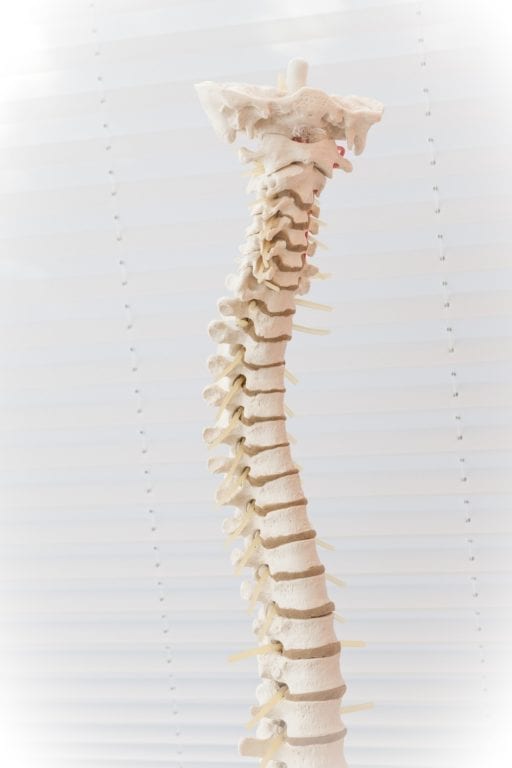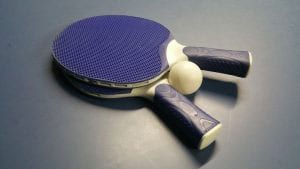According to a publication from the BBC, a novel new technology could help some with Parkinson’s disease regain limited walking ability. However, unlike medical technology we often showcase on Patient Worthy, this experimental therapeutic tool isn’t a new gene therapy or small molecule drug – it’s an electronic implant that attaches to a patient’s spine and “boosts” the electrical signals that the brain uses to control and communicate with the rest of the body.
Western University Professor Dr. Mandar Jog noted that reports from early adopters were “beyond [his] wildest dreams.” Some who had nearly lost their ability to walk entirely are back to traveling and stomping around, thanks to the young technology being developed by Canadian scientists.
About Parkinson’s Disease
Parkinson’s disease is a progressive disorder of the nervous system characterized by the progressive wasting and eventual death of clusters of neurons in the brain. As neurons atrophy, the signals they normally send and receive are interrupted.
The resulting symptoms can vary, but physical symptoms commonly include widely-recognized tremors, muscle rigidity, and impairment of “automatic” movements like blinking. Cognitive symptoms like depression, anxiety, and general difficulty thinking are also linked to the disease.
No treatment for Parkinson’s currently exists, in part because scientists have been unable to pinpoint specific root causes of the condition. Genetics, along with environmental factors like toxin exposure, are believed to contribute in mixed amounts to development of Parkinson’s.
Electrical Spine Implant
Like other parts of the nervous system, signals from the brain are transmitted along the spine as a series of electrically charged “impulses.” These impulses tell which muscles to move and when, and thousands could be firing at any given moment in a healthy individual.
Professor Jog believes the difficulty some Parkinson’s patients experience walking is related to a disruption in the loop of signaling controlling voluntary motion of the legs. Jog believes the so-called “return impulse,” the electrical signal sent back to the brain telling it the muscle has completed the assigned motion, is interrupted in Parkinson’s patients. That interruption, Jog believes, is at the heart of Parkinson’s-related mobility problems.
To overcome the interrupted “return impulse,” Jog and his team of researchers developed an implant that attaches to the spine and “boosts” electrical signals it receives en route to the brain. Though confident in their invention, the researchers were shocked to find that Parkinson’s patients with the new implant enjoyed long-lasting benefits – sometimes even after the transplant had been deactivated.
Though research is ongoing, Dr. Job believes his team’s invention works by “rebooting” the legs-to-brain feedback mechanism by artificially stimulating the loop through the implant. Think of it as turning the crank on an old car – the initial input is all you need to get the sustained reaction restarted.
Brain scans of participants in the study showed improved function in regions of the brain associated with movement. A number of participants, including Gail Jardine (66) and Guy Alden (70), experienced significant improvement in their mobility and independence. Just two months after receiving the implant, Jardine is back to talking relaxing walks with her husband, Stan – something she had been unable to do for two years. Alden, a catholic deacon, was able to vacation in Hawaii with his wife without his wheelchair.
Though early research is extremely promising, it’s important not to assume anything is truly effective until approved by the US Food and Drug Administration. Further research involving many more participants will likely be required before regulatory officials agree to permit the sale of the electrical implant to the general public. The spine is, after all, highly delicate.
Dr. Beckie Port, research manager at Parkinson’s UK, made cautious note of the exciting nature of the tests. “Should future studies show the same level of promise,” she said to the BBC, “it has the potential to dramatically improve quality of life.”
Do you think mechanical solutions to medical problems are adequately considered? What advantages might an implant provide that a drug therapy might not? What are some disadvantages? Share your thoughts with Patient Worthy!







